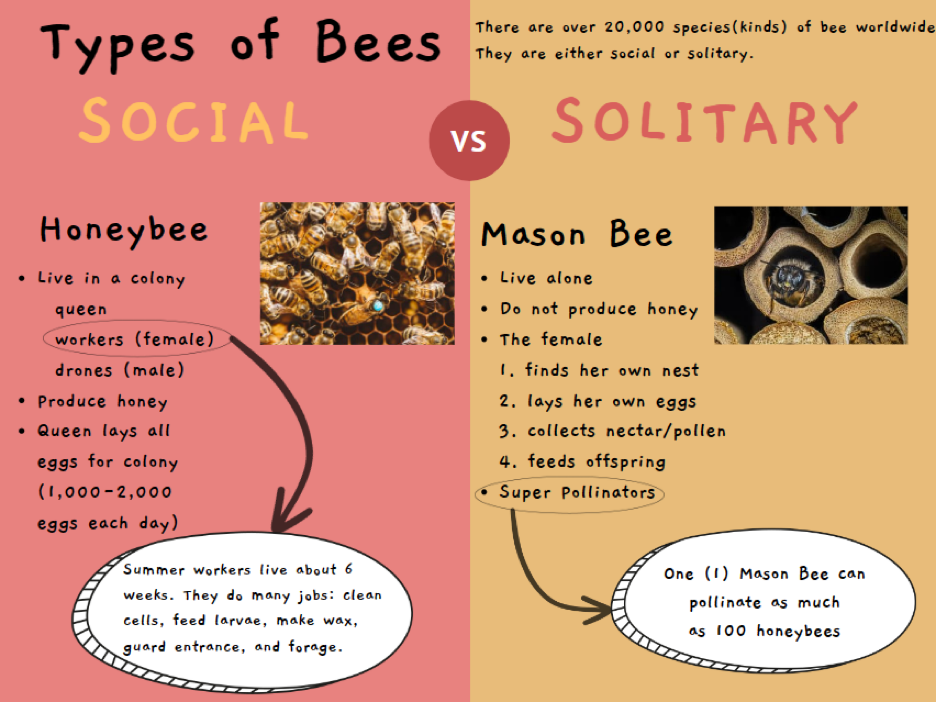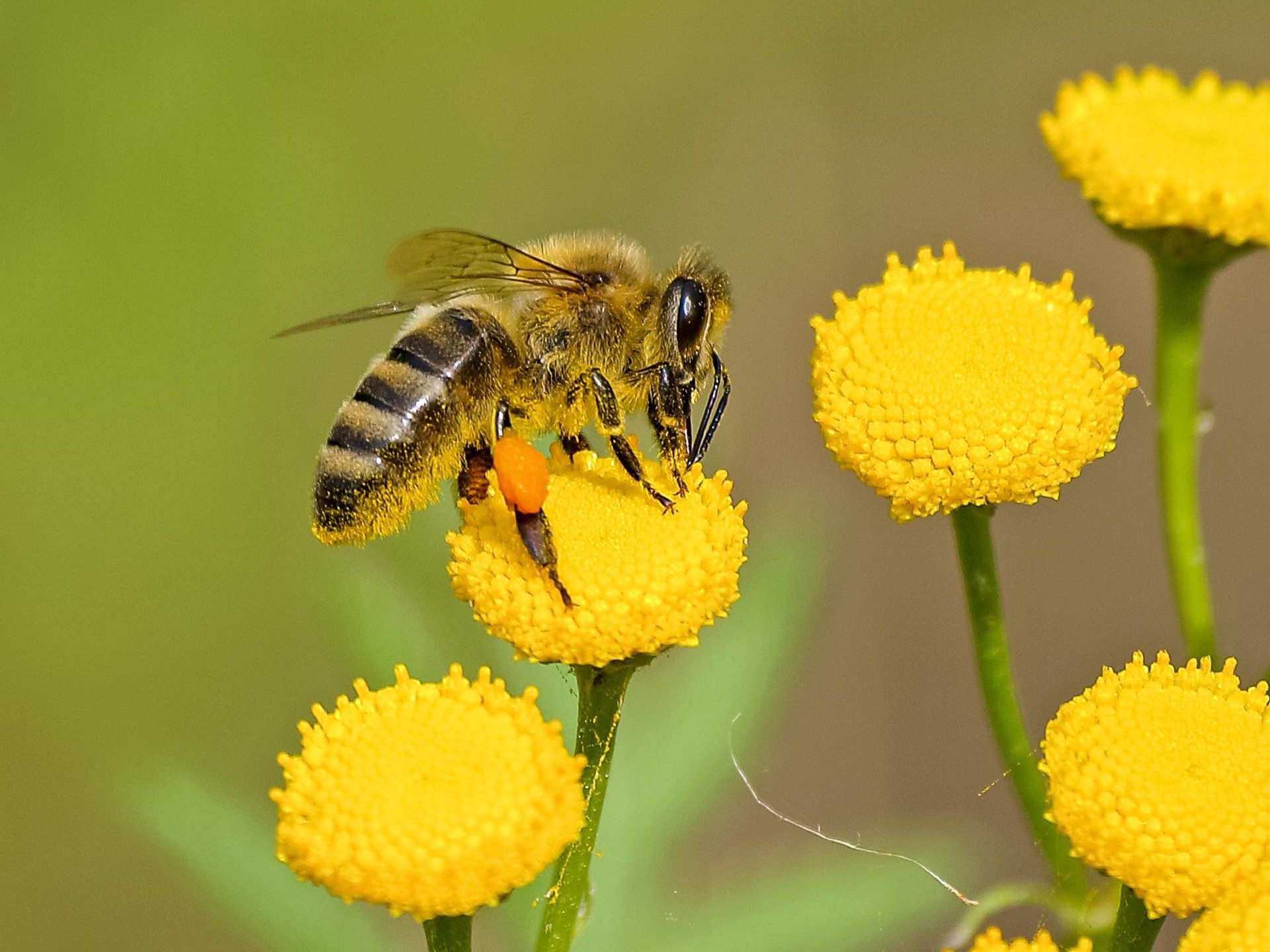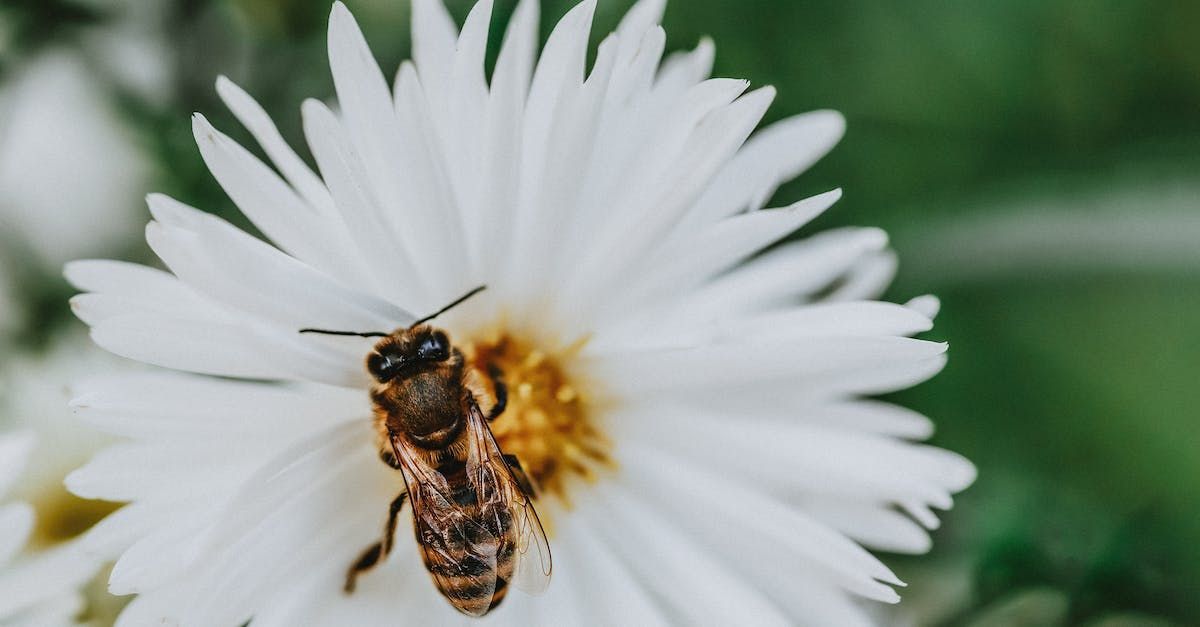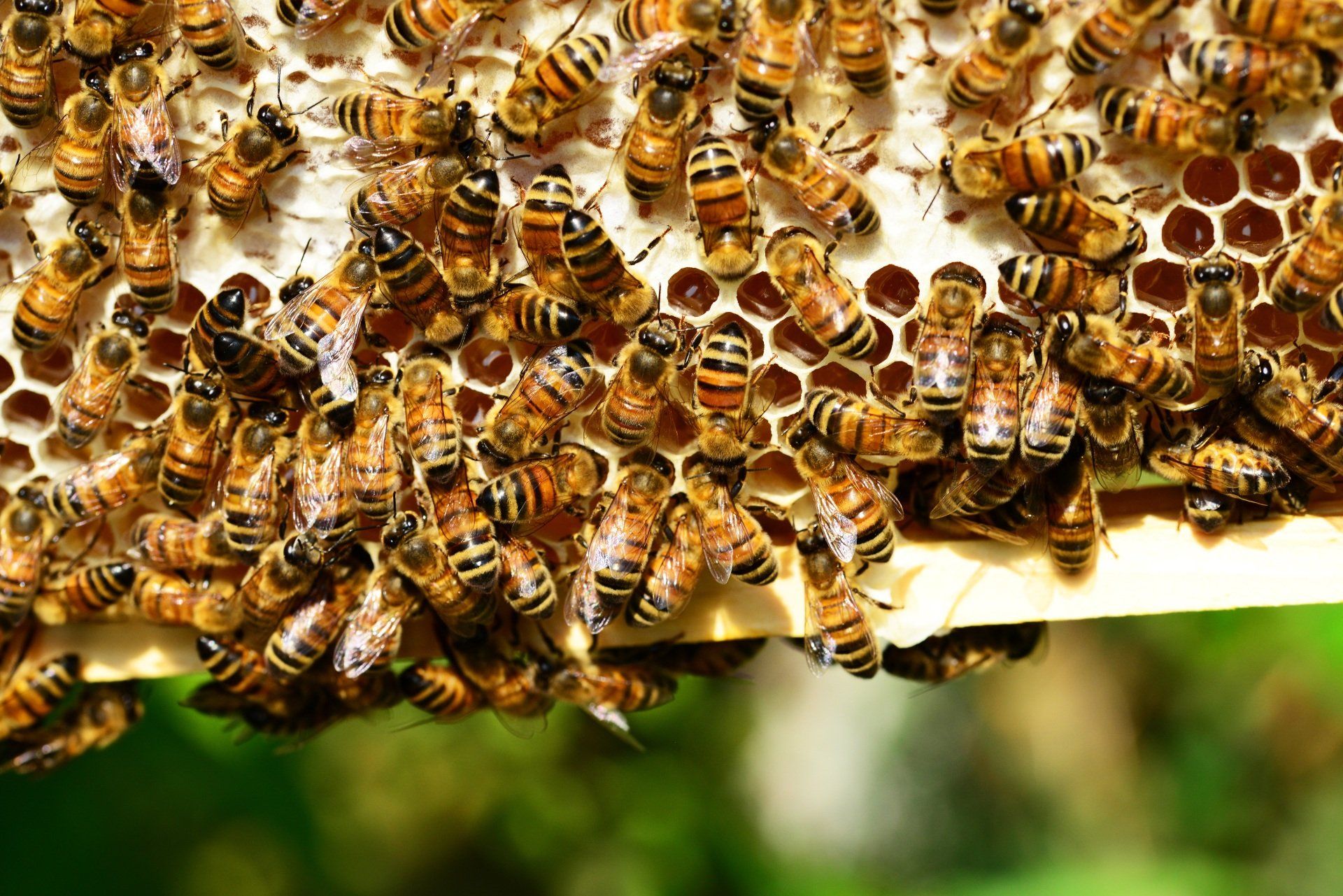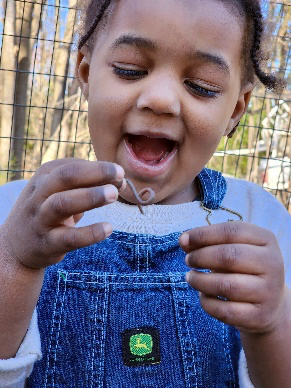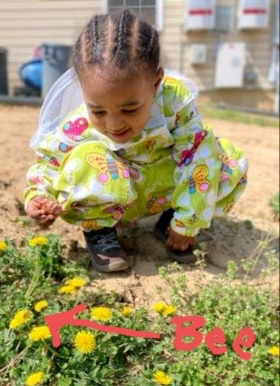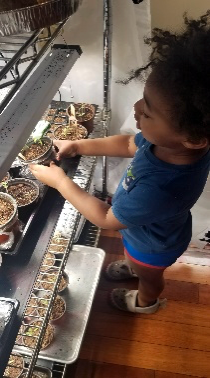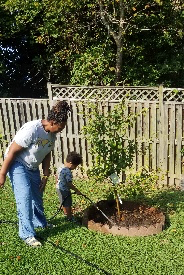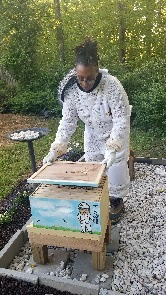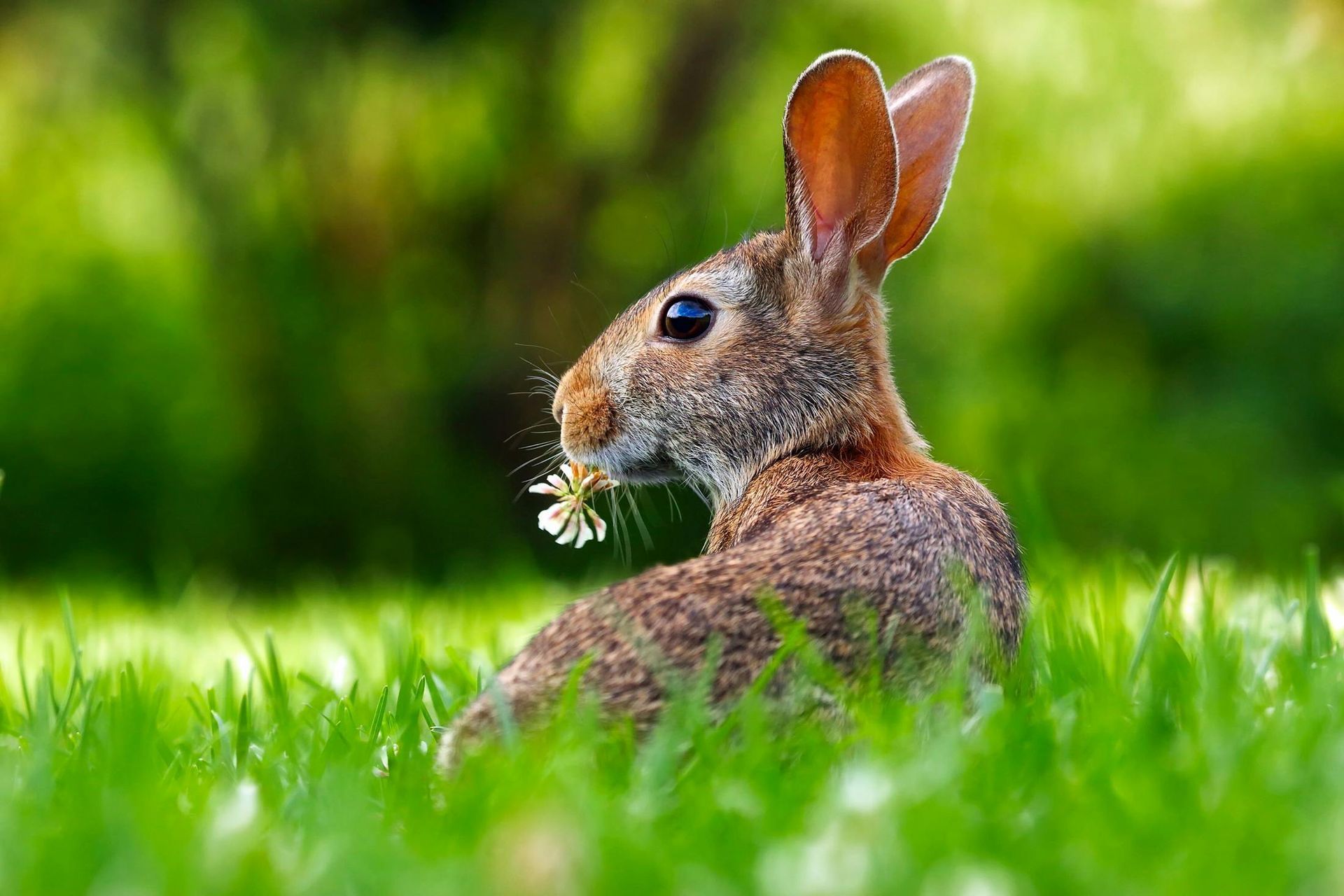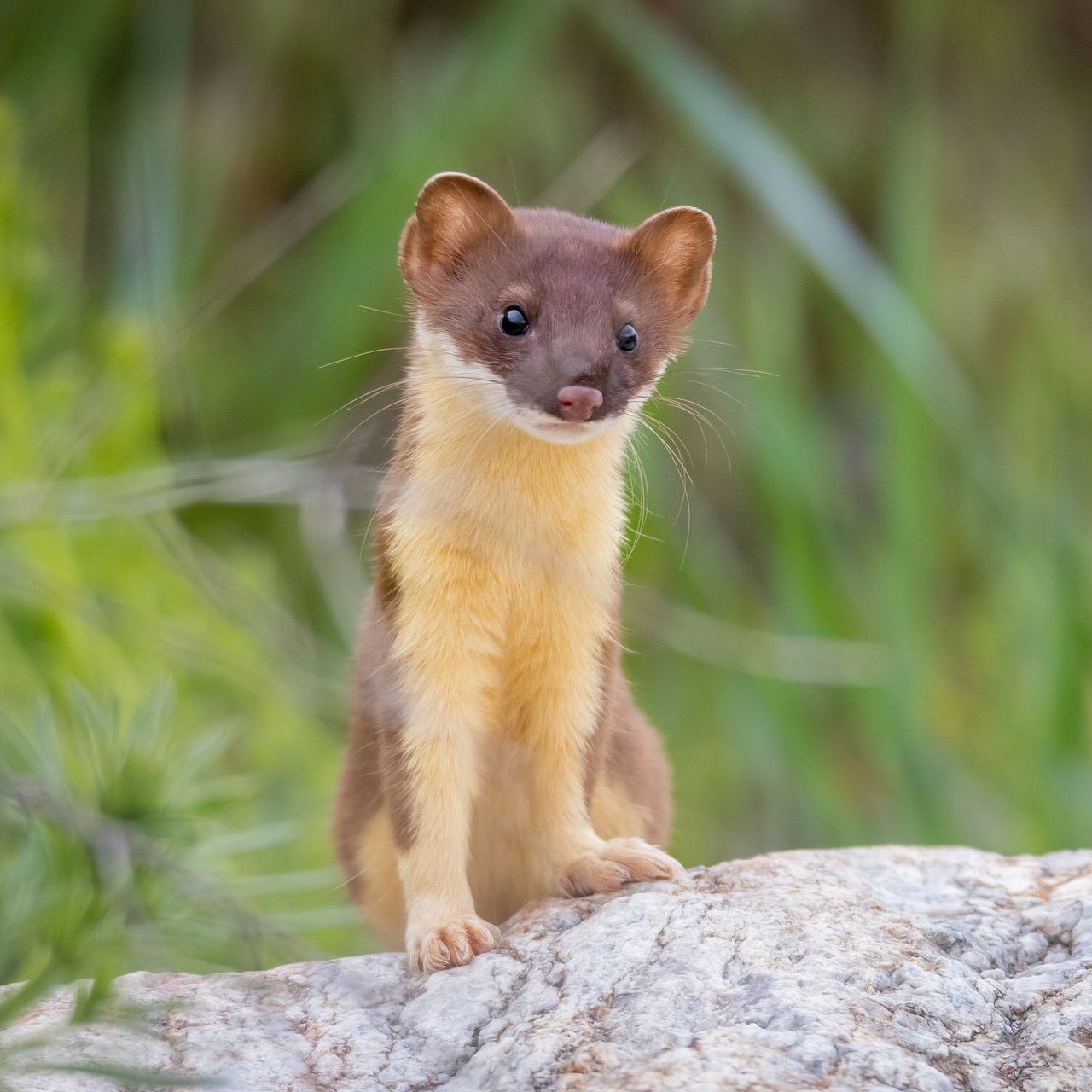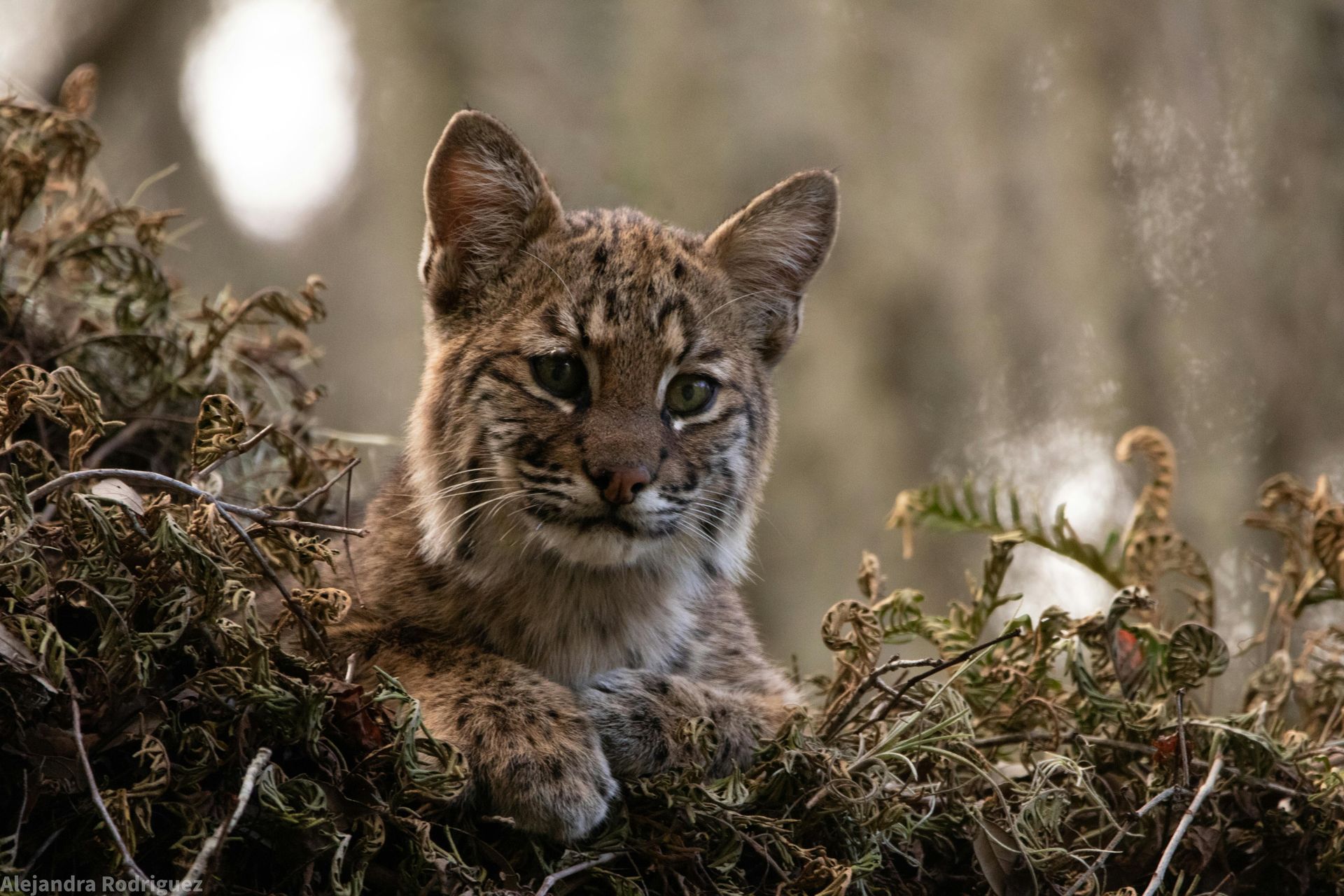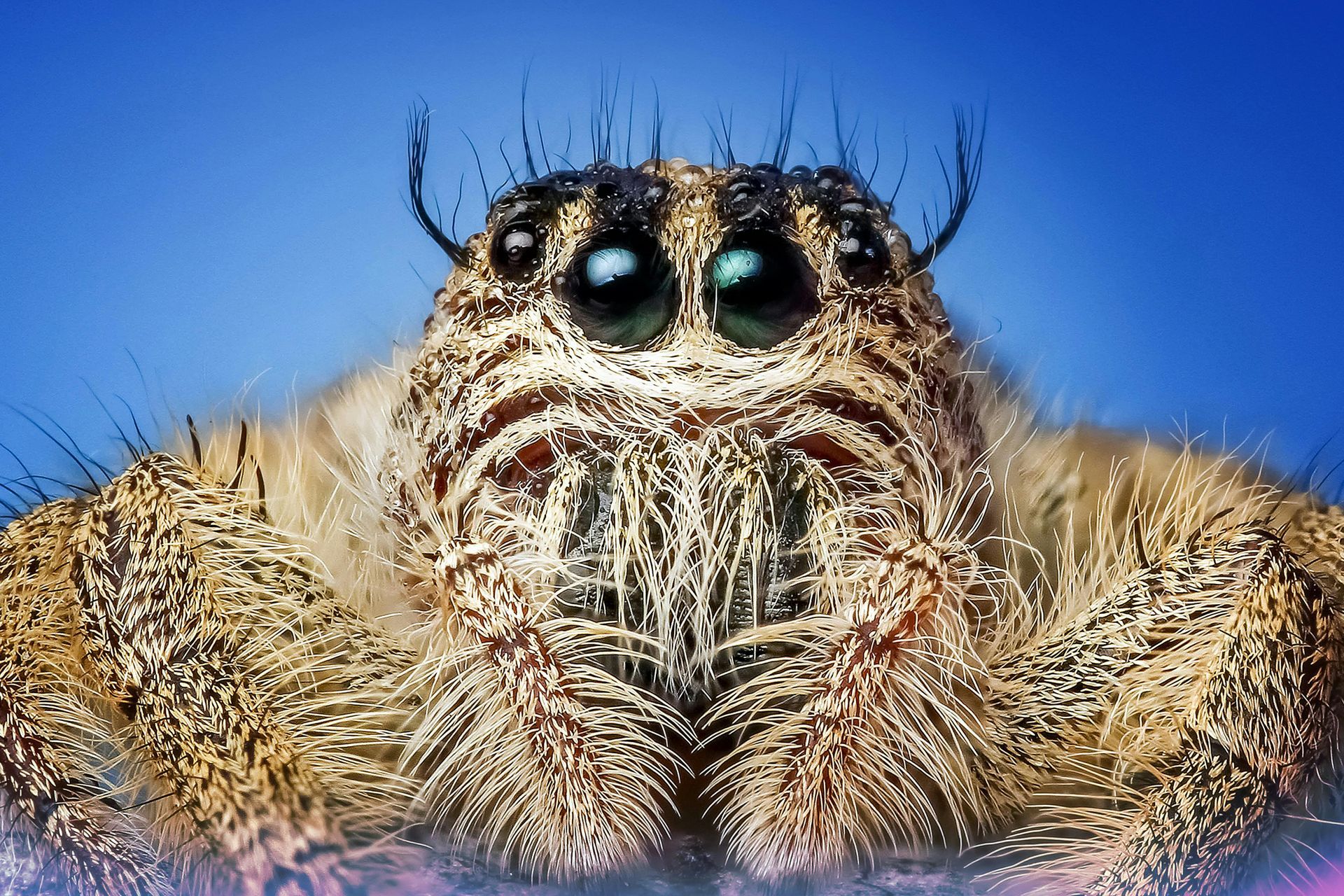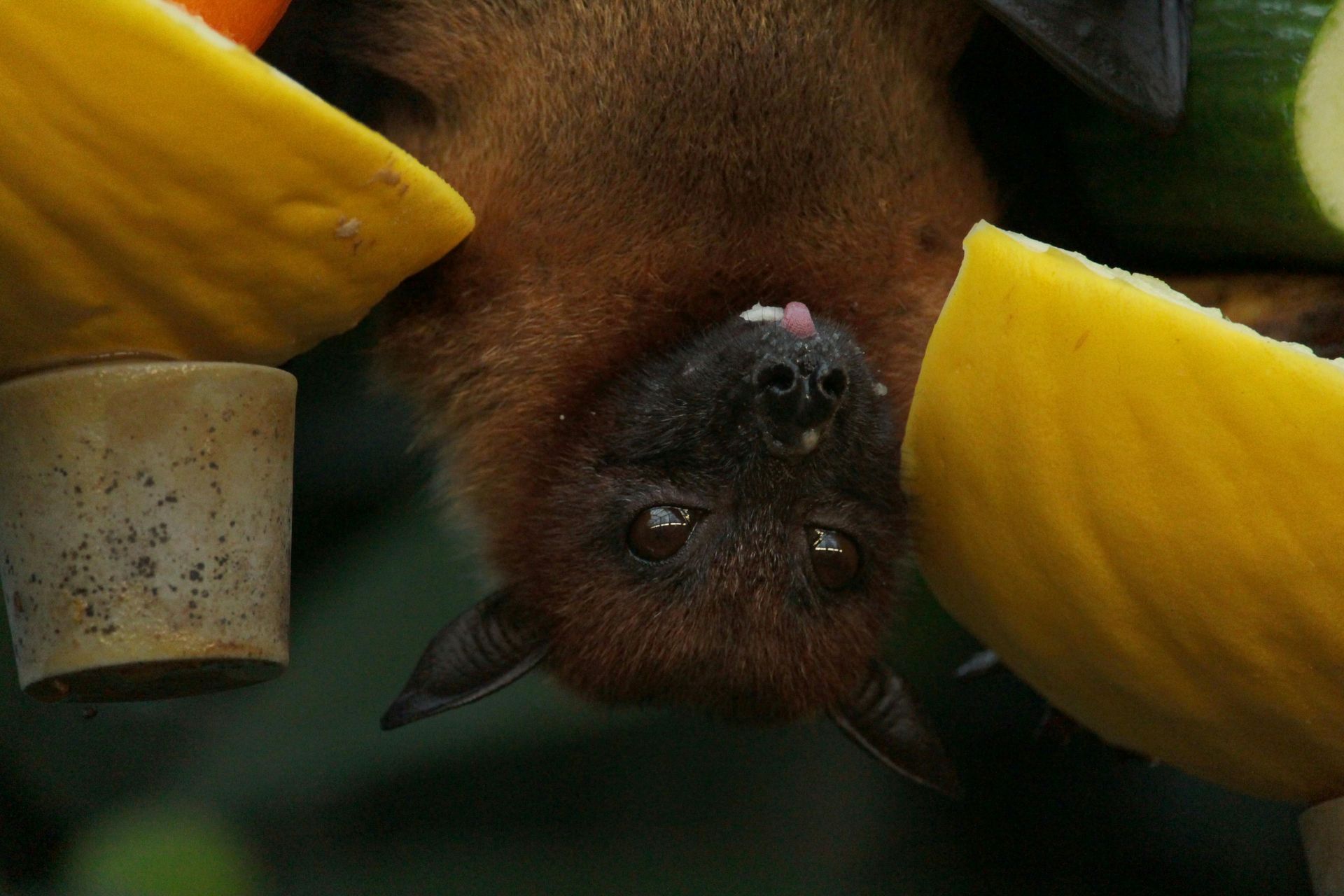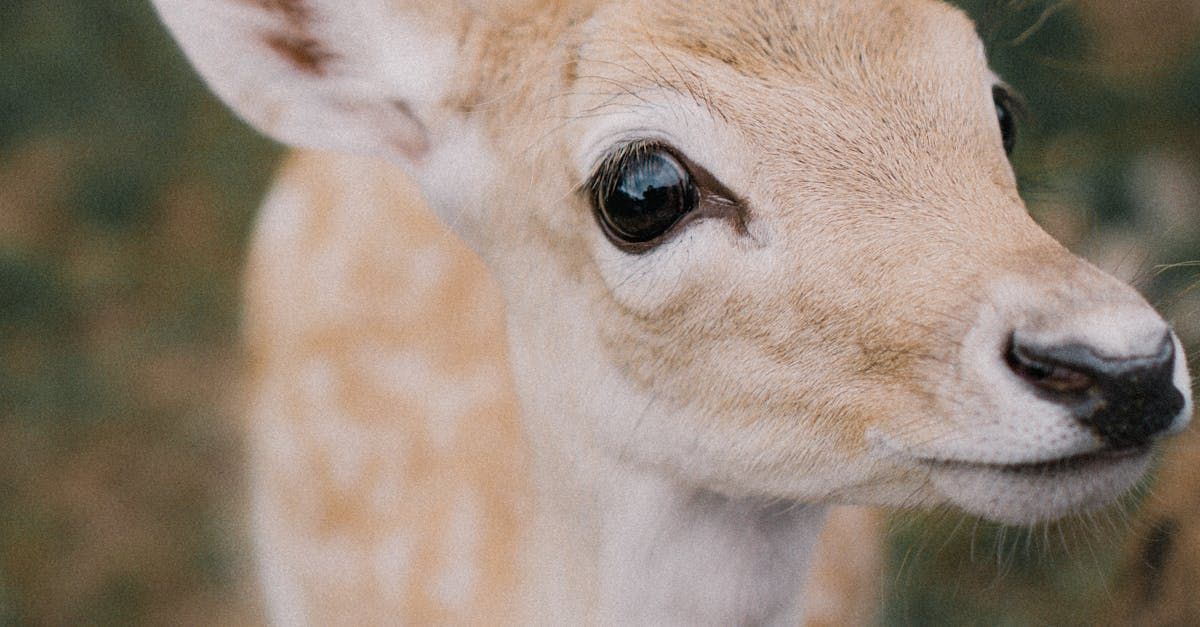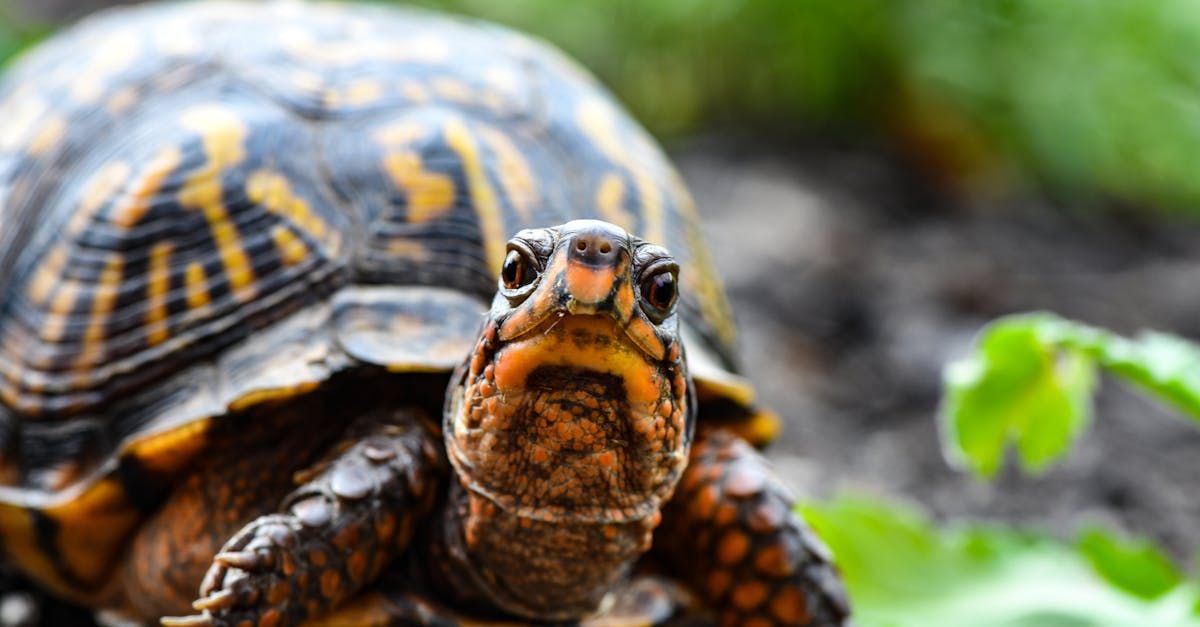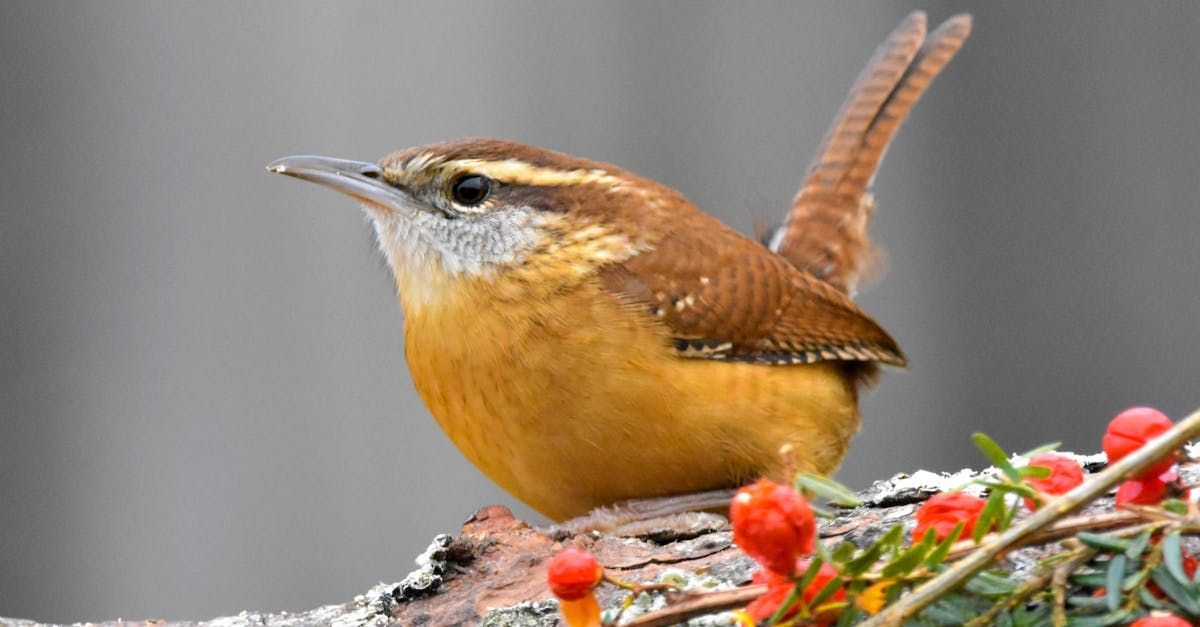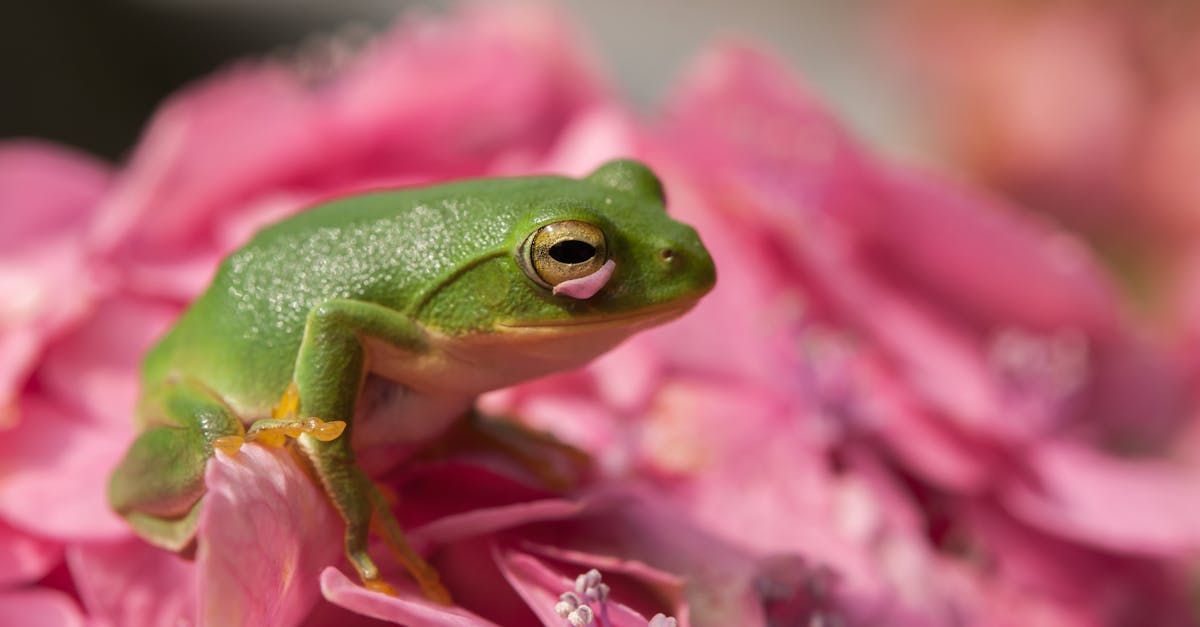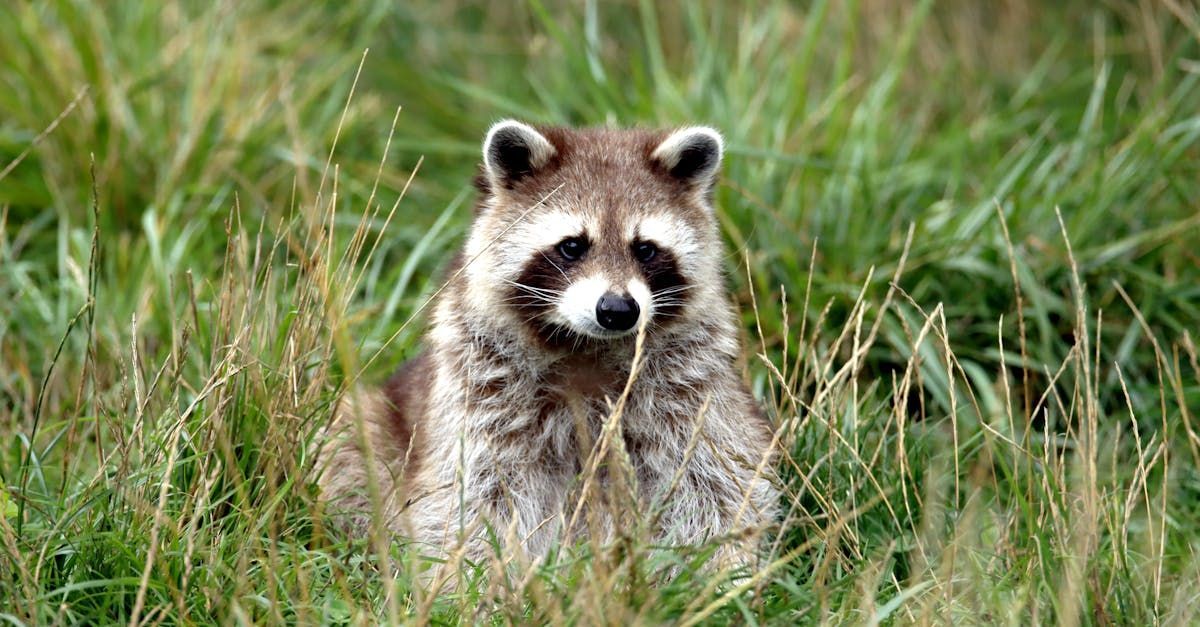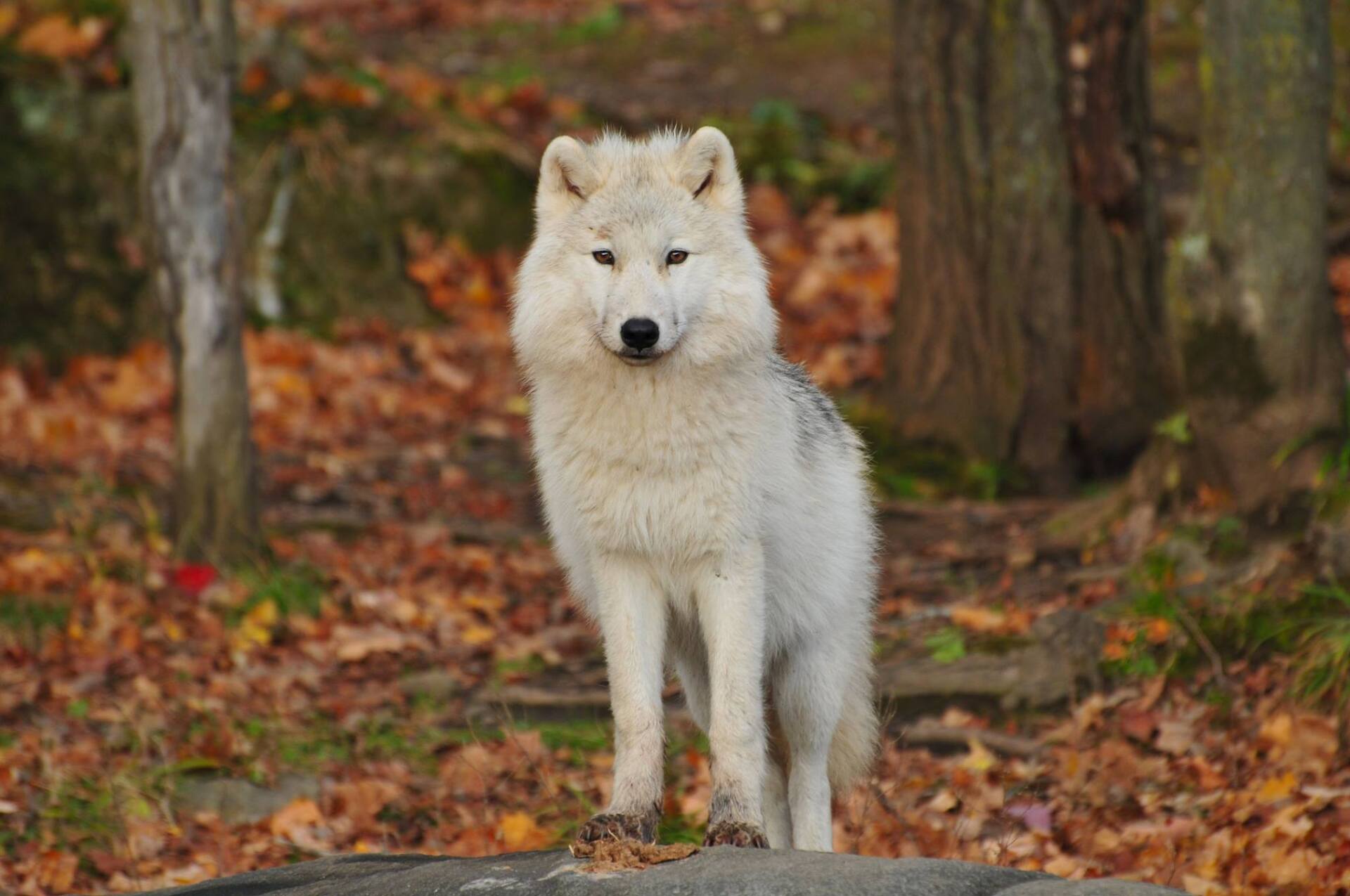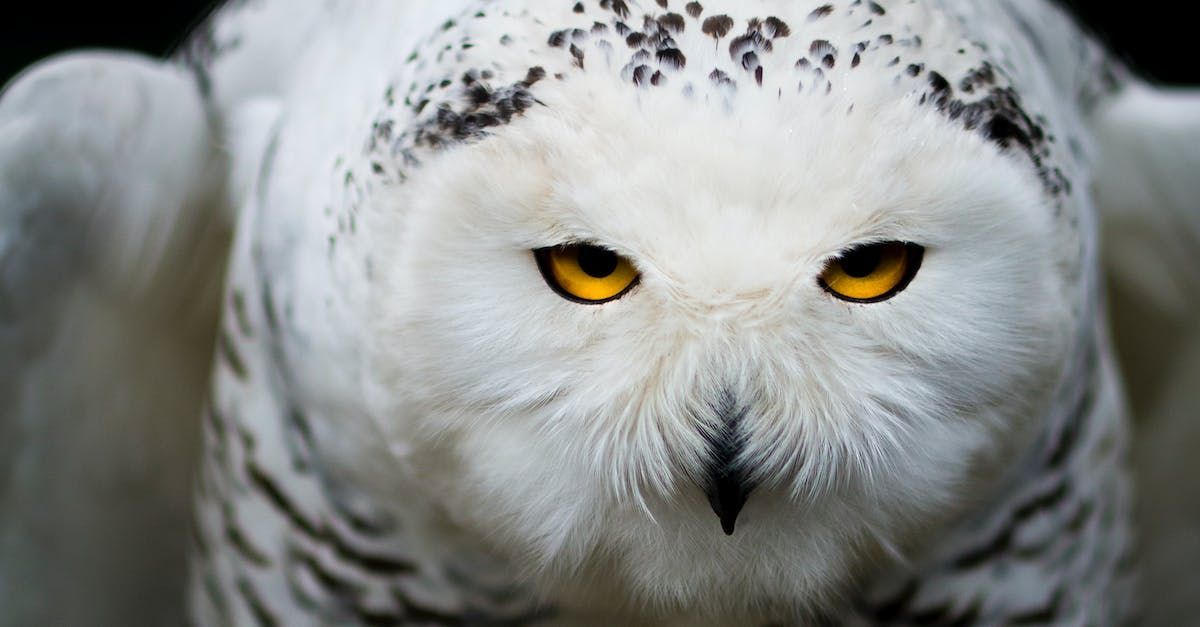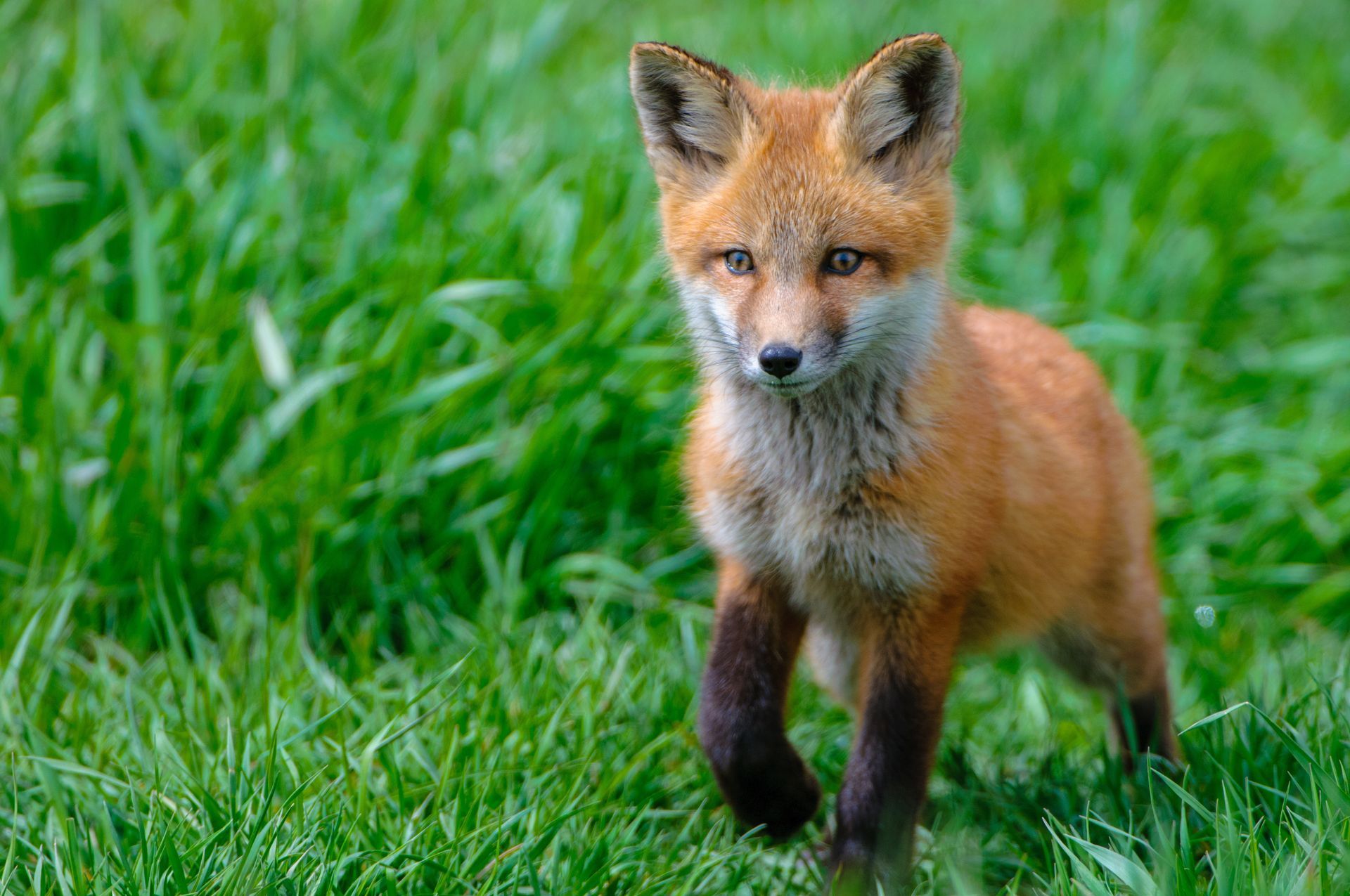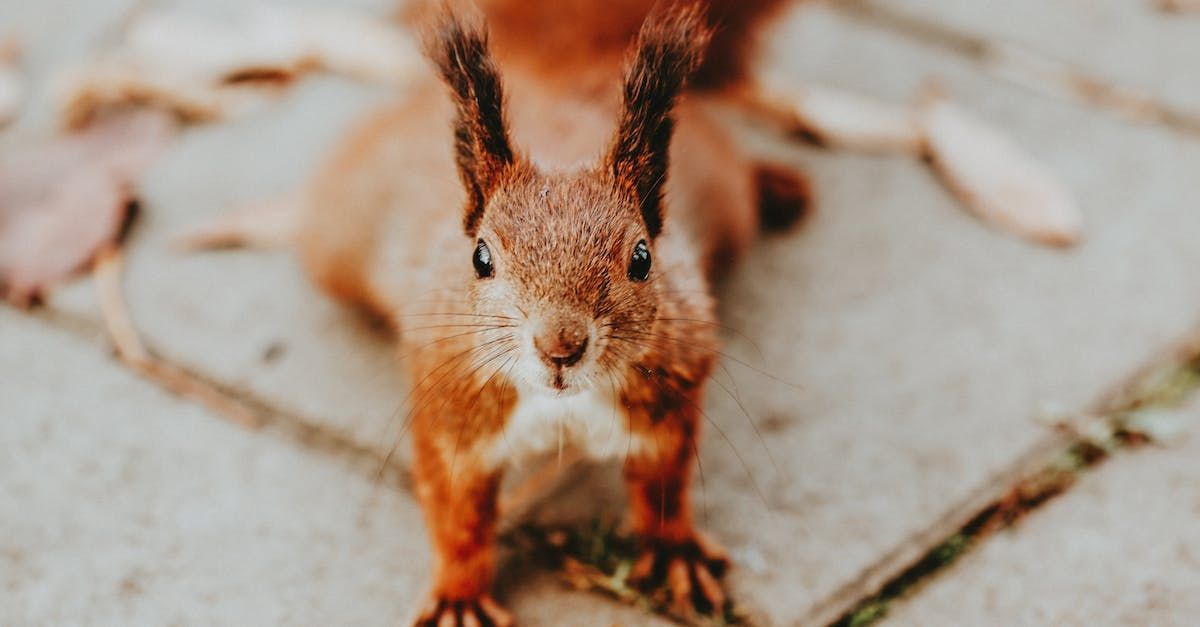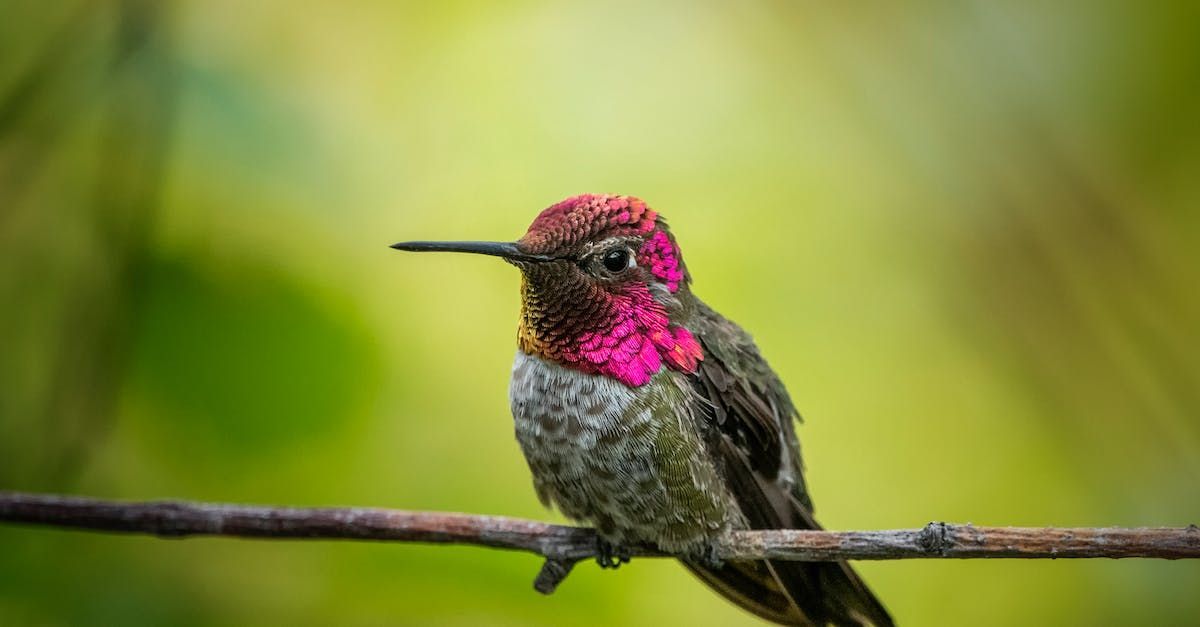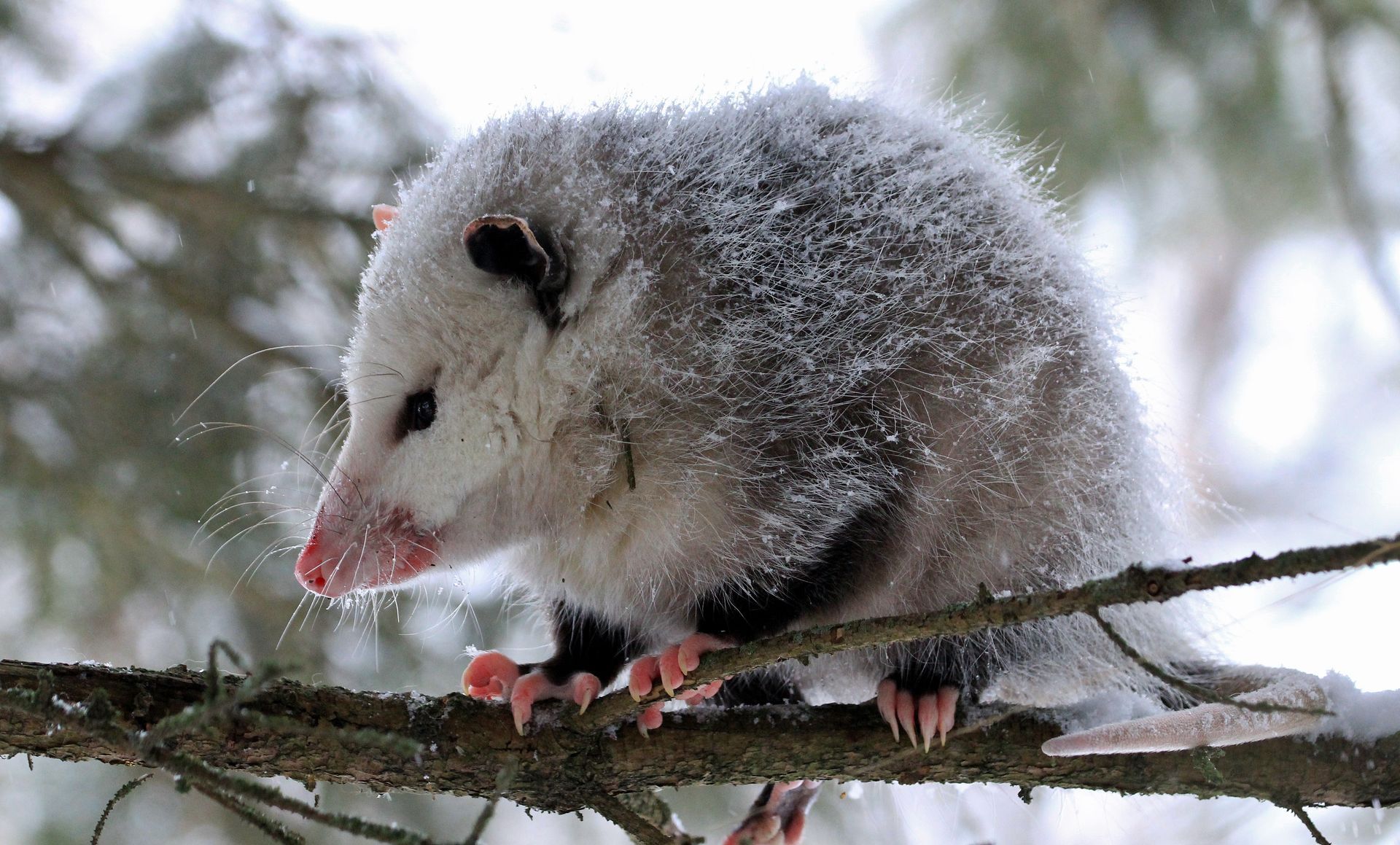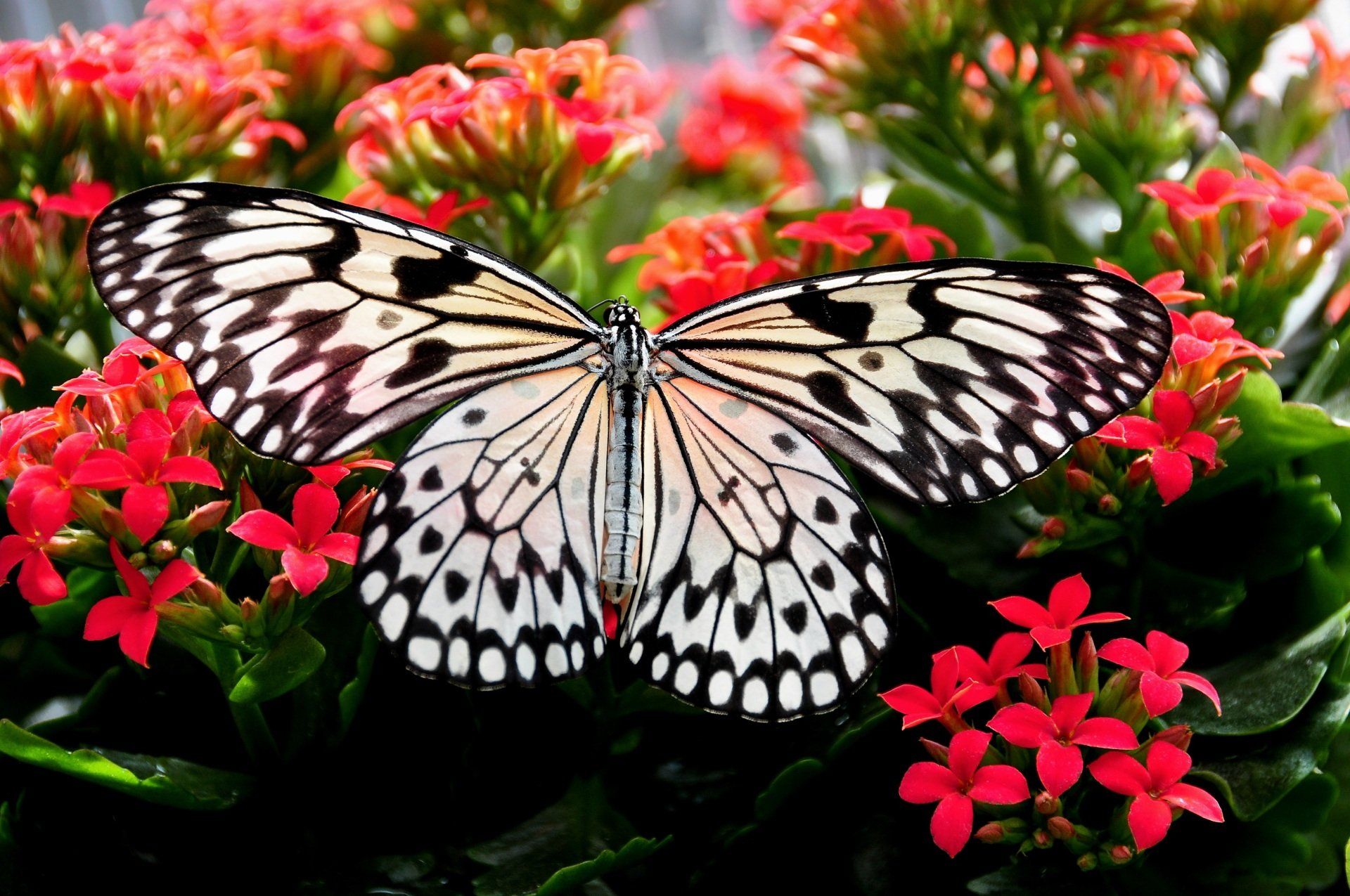Honeybees and Their Amazingly Social Lives
When many think of bees, they often think of honeybees.
They are the bees that make honey, but Honeybees are just a tiny part of the big bee family! There are about 20,000 different types of bees in the world, and only 8 of them make honey. What's even more interesting is that none of these honey-making bees are originally from the United States. They originate from Europe and Africa. Read more about the bees of Africa in the children's book The Legend of the Sleep-Eating Elephant by Nocola Williams.
Honeybees are social creatures, but did you know that only about 9% of all the different kinds of bees are social? Social bees live in big families called colonies and each member has a special job. Honeybees live in a home called a hive. Worker bees make the home using beeswax. The beeswax is molded into parallel beeswax sheets named combs or honeycomb. The honeycomb is a collection of tiny hexagonal rooms. These rooms are super clever; they have a three-part bottom shaped like a pyramid. Worker bees are like nature's builders, making the hive a perfect place to live and store their goodies.
Hive Harmony: The 9 Special jobs of Honeybees
Each member of a Honeybee hive has a special job. There are nine different jobs necessary to make sure the colony stays healthy. A bee's job is determined by its gender. Male bees, or drones, don't do any work. They make up roughly ten percent of the colony's population. The rest of the bees, aside from the Queen are the worker bees who are responsible for everything else: gathering nectar, guarding the hive and honey, caring for the queen and larvae, keeping the hive clean, and producing honey. Here is a breakdown of each specific job.
- Nurse Bee - When baby bees hatch, they start by cleaning their little homes, called a hatchling cell, for the next
egg. Then, their very first job is to take care of the other baby bees. They're like the babysitters of the hive and make sure the bee babies, called pupae and larvae, have enough food to grow big and strong.
- Undertaker - Honey bees like to keep their home super tidy! Since lots of bees are always in and out of the hive, sometimes a bee friend might not make it back or die. There are special bees called 'undertakers,' and their job is to clean up and take away any bees that have died.
- Architect - As a bee grows up, they can make wax. The bees use their wax to build amazing honeycomb houses. They're like the builders and repair workers of the hive. They also make sure the baby bees are safe by putting wax caps on their rooms and making sure the honey is just right. And when the hive needs fixing, they use a sticky stuff called propolis, which they collect from tree sap, to patch up any cracks. These bees are like the hive's very own construction crew!
- Cleaners - Some female bees stay in the hive and have the job of cleaning their sisters in the hive. And they collect pollen and nectar from returning bees, packing it into cells and putting it away for later. Sometimes these bees get to make and look after the honey.
- Queen’s Attendants -
In the hive, only a special group of worker bees get this special job. The queen bee is so busy with her queenly duties that she can't take care of herself. That's when a team of her own daughters, around a dozen or so, step in as her attendants. They make sure the queen is well taken care of as she goes about her important work in the hive.
- Forager Bee - Are the super explorers of the hive, and their job is really important. When a bee grows up and gets its stinger, it can become a forager. These bees are like the 'breadwinners' because they go on amazing adventures, flying up to 3 miles from the hive to find yummy nectar and pollen. They fill up their bellies with nectar and bring pollen back to share with their sisters. They work hard from sunrise to sunset, flying hundreds of miles every day.
- Guard Bee - Guard bees are like the hive's security team. They watch over the entrances and make sure only their hive's bees, like the foragers, can come in. They also keep out intruders like bumblebees, wasps, and even humans. If you ever get stung near a honeybee hive, it's likely a guard bee warning you to stay away!"
- Queen Bee - The queen bee has one important job - to make lots of baby bees! She can lay up to 2,000 eggs every day and decides what kind of bees they'll become. She stays inside the hive most of her life, only leaving once with a group of bees or for her special flight when she's young. While a worker bee lives for a few weeks, the queen bee can live for 2 to 5 years, making her the boss for a long time!
- Drones - Drones are male bees and are often called lazy, but they have an important job. They don't make honey or help with chores, but their role is special. They leave the hive to spread their genes to other colonies. While it might seem easy, it's vital for the bee community. Their numbers are highest in spring and early summer. But by autumn, they're not needed anymore, and they leave the hive for good.
Helping Bees Thrive: Fall Flower Planting
October is the first full month of fall, temperatures are dropping and the fall festivities are in full swing. Fall is a perfect time to help honey bees—When you are picking out your pumpkins, add some flowers to your decorations. Honey bees continue to make honey during the fall. They collect nectar and pollen for their homes if it's not too cold, above 32 degrees Fahrenheit. But food is scarce in the fall. Planting fall flowers will help the bees when food is hard to find, even after the first frost.
Providing flowers for the bees helps all the bees in the area, keeping them strong. Sometimes, when food is scarce, they find weaker bee homes nearby, sneak in, and take some of their honey. This can be tough for the weaker bees, and they can lose much of their stored honey to other stronger beehives. You help keep all the bees strong and fed by providing flowers in the fall.
Fall to Winter: What Happens Inside a Beehive
In the fall, something interesting happens in the bee world! The queen bee, who is like the boss of the hive, stops laying eggs. As the days get shorter, and it gets colder outside, there's not as much food for the bees to find. So, the queen bee slows down and eventually stops making baby bees, around October or November.
Baby bees need just the right temperature to grow. They like it to be around 94 degrees Fahrenheit. Since it's way colder outside in the fall, the bees can't keep their babies warm, so once it is too cold, no more babies are born until it warms up.
Once the temperature get to around 57 degrees Fahrenheit, the bees begin to cluster in the hive.
The number of bees in the hive will start to decline, as the summer bees reach the end of their 6-week lifespan. And, the worker bees push the drone bees out of the hive making the total numbers even smaller. This smaller population will eat less food over the winter.
During the fall the beekeepers get the bees ready for winter by making sure the bees are well-fed and have lots of stored honey. They also make sure they are healthy by treating them for parasites that can make them sick.
The beekeepers also winterize the beehives by giving them a black insulated wrap (called a bee cozy) and insulating their inner cover. This black insulated cover provides a bit of protection and warmth by absorbing heat from the sun on cold winter days.
Children’s Author Finds Inspiration in Her Own Backyard
Written by: Author Nocola Williams
August 5, 2023
Nocola Williams
Meet children’s author and backyard beekeeper Nocola Williams. Nocola became a beekeeper four years ago, just about the time she became a published author for the first time. In fact, Nocola got the original idea for "Bugzee and the Bees" the morning after her first beehive was placed in her apiary (an area of land where beehives are kept).
Nocola and her husband Quincy dedicated that first hive to their grandson, Sage. Although Sage was just a baby at the time, Nocola painted the hive to look like him.
Nocola and her husband Quincy teach their grandson Sage about the importance of honeybees. Sage is learning to respect all the creatures on earth, even tiny ones like honeybees and earthworms.
He is learning how to plant all kinds of fruits, vegetables, and flowers to provide nectar and pollen for all kinds of bees in the backyard. He is learning early not to fear honeybees and how to care for them. Nocola's book "Bugzee and the Bees", emphasizes some of the same skills and values about bees and how to care for them.
Nocola Williams answers a few questions!
Why did you write this book?
I wrote this book for two very important reasons. The first reason is that I wanted a physical representation of how much my grandson means to me. I wanted him to be able to have something tangible (able to hold) that was created especially for him. I hope that when he is much older and has children of his own, he can pull his original copy off the shelf and share it with them. I want my grandson to know that his Lolli and Pops worked to make the world just a little bit better by raising honeybees. The second reason I wrote this book is to bring awareness to children worldwide about the importance of honeybees. I want to get the message out to all children that the honeybee population is at a critically low level. It is up to kids to educate themselves and spread the word to save the honeybee population.
Do you really have honeybees in your backyard?
Yes, my husband and I really have honeybees in our backyard. We currently have three hives. The first hive, just like the book says, is named after Sage (our grandson), and it is called “Bugzee’s Bees. The second hive is called “Hive Dora Milaje.” It is named after the fictional women warriors from Marvel comic, Black Panther. Dora Milaje means “adored ones.” In the comic/movie, these warriors protect and serve the king of Wakanda. In my hive, the worker bees protect and serve the queen. These fictional warriors are based in truth from West African History. The “Ahosi” or “Dahomey Amazons” (coined by Europeans) were one of few documented all-female militias in history. As early as the 17th century, they would fight to the death to protect their king. Our third hive is called “The Pride Hive,” and it celebrates and honors diversity.
Can anyone own honeybees?
The answer is that most people can. While most people, even in a bustling city, can own and enjoy honeybees, be sure to check your local ordinances (rules) about beekeeping. Honeybees are considered livestock, so some areas will not allow hives. It’s always nice to check with your neighbors before you build your hive. Everyone can, in fact, put up a Mason bee home for solitary bees. One Mason bee can pollinate 100 times the amount of flowers of a honeybee can.
If you are interested in updates for the Kickstarter launch of Bugzee and the Bees become a member of the hive:
https://www.subscribepage.com/bugzeeandthebeesbepage.com/bugzeeandthebee
